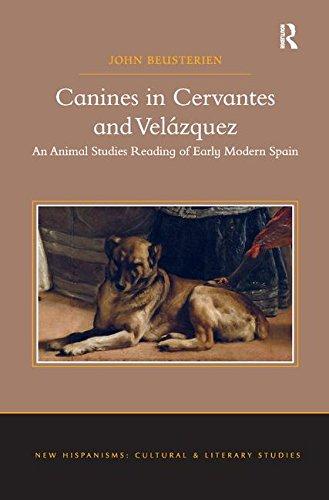Canines in Cervantes and Velázquez

Book Description:
Canines in Cervantes and Velázquez: An Animal Studies Reading of Early Modern Spain (Ashgate Publishing, 2013) is the study of the creation of canine breeds in early modern Europe, especially Spain, and it illustrates the different constructs against which notions of human identity were forged. This book is the first comprehensive history of early modern Spanish dogs and it evaluates how two of Spain's most celebrated and canonical cultural figures of this period, the artist Diego Velázquez and the author Miguel de Cervantes, radically question humankind's sixteenth-century anthropocentric self-fashioning. In general, this study illuminates how Animal Studies can offer new perspectives to understanding Hispanism, giving readers a fresh approach to the historical, literary and artistic complexity of early modern Spain.

Author Bio:
John Beusterien is Professor of Spanish. He has two monographs: Canines in Cervantes and Velázquez: An Animal Studies Reading of Early Modern Spain and An Eye on Race: Perspectives from Theater in Imperial Spain. His publications also include Sustaining Ecocriticism: Comparative Perspectives; Death and Afterlife: The Case of the Early Modern Hispanic World; Touching the Ground: Female Footwear in the Early Modern Hispanic World; and Lope de Vega's El prodigio de Etiopía. He has a forthcoming book about animal spectacles in early modern Spain.
Humanities Center
-
Address
Texas Tech University, 2508 15th Street, Weeks Hall 221, Lubbock, TX 79409-1002 -
Phone
806.742.3028 -
Email
humanitiescenter@ttu.edu
